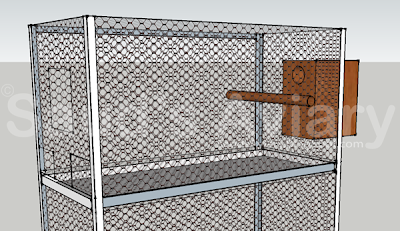4.2 Alleles
Sometimes nature produces two three or even more variants (versions) of the same gene. These variants are called alleles. I will try to explain by a diagram..

To summarize alleles are different versions of the same gene. Only a maximum of two versions may be present in any given bird.
Homework
-------------
Which of the following budgerigars is genetically not possible.
1) A Yellowface type I split to whiteface
2) A Yellowface type II split to golden face
3) A Whiteface blue split to golden face
4) A normal split to yellowface II


Comments
Post a Comment